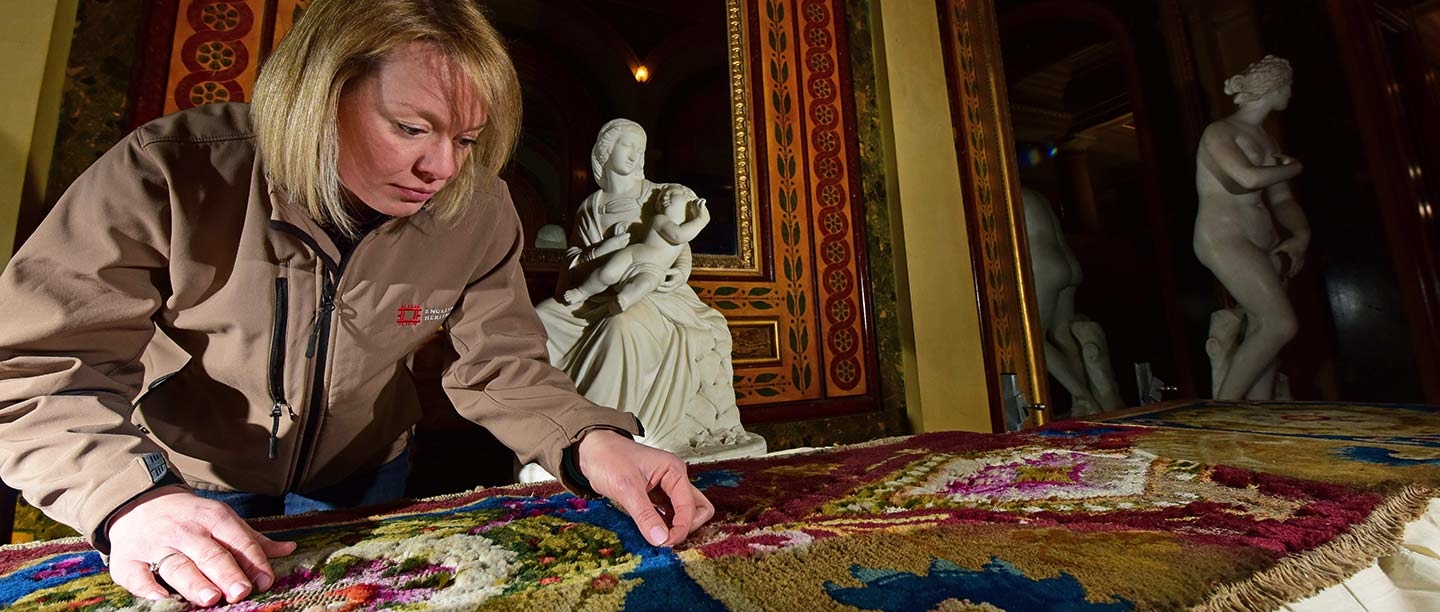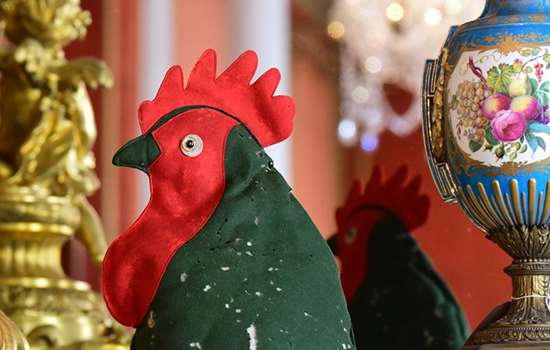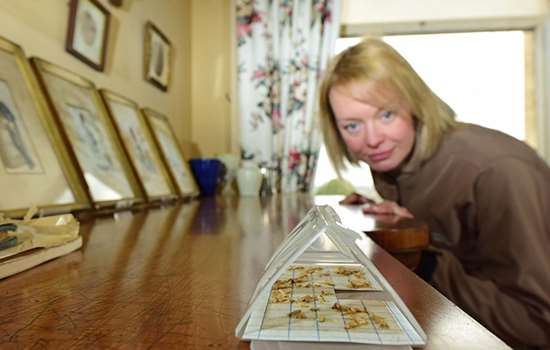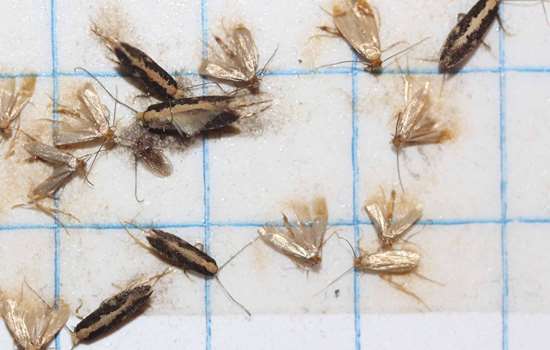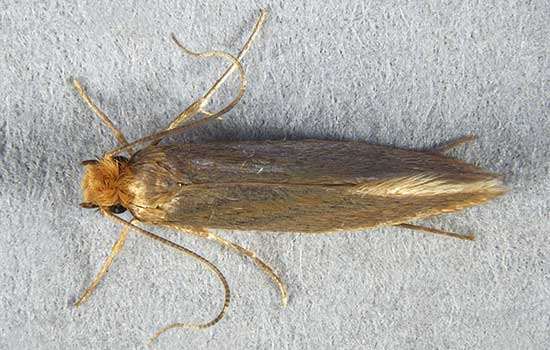Research findings
At English Heritage, we’ve been monitoring clothes moths at our properties for many years, and this has shown us that their numbers are rising. We’re on top of the situation, but we wanted to learn more about how these moths were spreading.
In spring 2017 we launched a research project, Operation Clothes Moth. Hundreds of you helped us by trapping moths at home and sharing your findings.
Our conservation scientists have analysed your data – and it revealed some surprising insights...
Read the Operation Clothes Moth resultsTop tips for protecting against clothes moths
Our insect pest staff have created this short film to provide some easy guidance about how to protect your homes against these pesky pests, based on the skills and knowledge we use in our historic properties.
Help Us To Keep The Story Of England Alive
For This And Future Generations
-
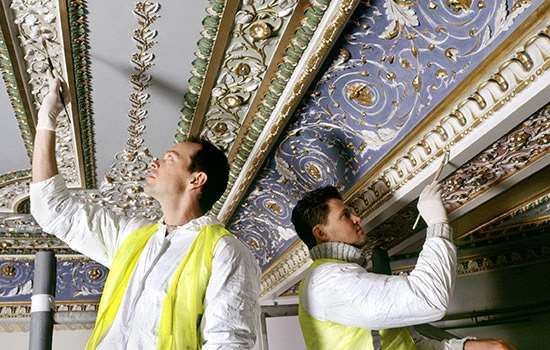
How Your Support Helps
By supporting us, you're repairing medieval masonry, hanging world-famous paintings for all to enjoy, and planting bulbs in restored Victorian gardens. And in doing so you're inspiring visitors young and old, and keeping the story of England alive.
-

Support Our Conservation In Action Appeal
Looking after our collections for the future is the cornerstone of everything we do. It is one of our biggest responsibilities and an ongoing challenge - and we need your help.
-
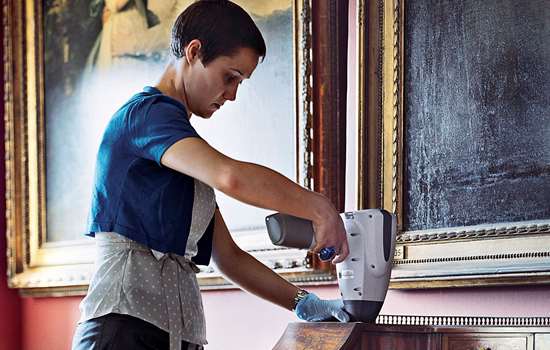
Find Out More About The Science Behind Our Conservation
Conservation science research underpins the decisions we make to protect our collections. The research projects that we're involved with help to safeguard historic places for the future.

